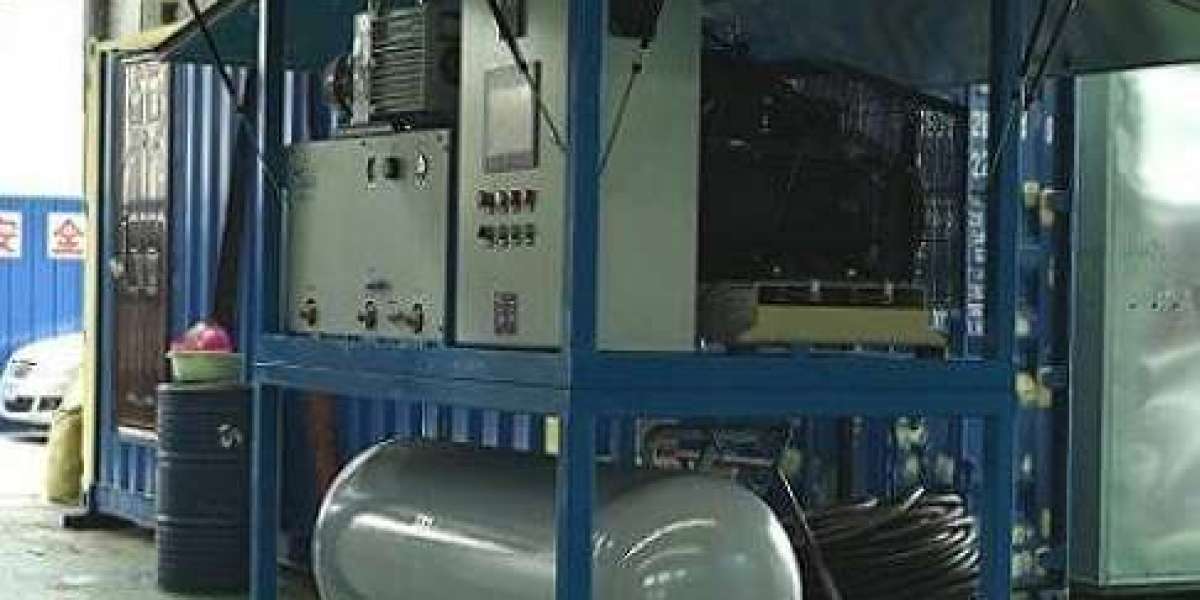To ensure the safe and responsible handling of SF6 gas, comprehensive training is essential for personnel working with SF6 gas handling equipment.
Key Areas of Training
Understanding SF6 Gas
Properties and Hazards: Learn about the physical and chemical properties of SF6 gas, including its non-flammable, odorless, and colorless nature. Understand the potential health hazards associated with exposure to high concentrations of SF6 gas.
Environmental Impact: Learn about the significant environmental impact of SF6 gas as a potent greenhouse gas and the importance of minimizing emissions.
Safe Handling Procedures
Personal Protective Equipment (PPE): Learn about the appropriate PPE required for handling SF6 gas, including gloves, safety glasses, and respiratory protection.
Emergency Procedures: Understand emergency procedures for accidents, leaks, and fires involving SF6 gas.
First Aid: Learn basic first aid procedures for SF6 gas exposure.
Equipment Operation and Maintenance
Equipment Components: Learn about the different components of SF6 gas handling equipment, such as gas recovery units, purification systems, and filling stations.
Operating Procedures: Understand the correct procedures for operating SF6 gas handling equipment, including startup, shutdown, and troubleshooting.
Maintenance Procedures: Learn about routine maintenance tasks, such as checking for leaks, cleaning filters, and replacing worn parts.
Environmental Compliance
Regulatory Requirements: Understand the relevant environmental regulations and standards for handling and disposing of SF6 gas.
Emission Reduction Techniques: Learn about techniques to minimize SF6 gas emissions, such as leak detection and repair, and gas recovery and recycling.
Emergency Response
Incident Response Plans: Develop and implement comprehensive incident response plans for SF6 gas-related emergencies.
Emergency Drills: Conduct regular emergency drills to ensure that personnel are prepared to respond effectively to incidents.
Training Delivery Methods
Classroom Training: Traditional classroom training provides a structured learning environment and allows for interactive discussions.
Online Training: Online courses offer flexibility and can be accessed at any time.
Hands-on Training: Practical training sessions allow personnel to gain hands-on experience with SF6 gas handling equipment.
By investing in comprehensive training, organizations can ensure that their personnel are equipped with the knowledge and skills to handle SF6 gas safely and responsibly. This not only protects workers but also helps to minimize the environmental impact of SF6 gas.








